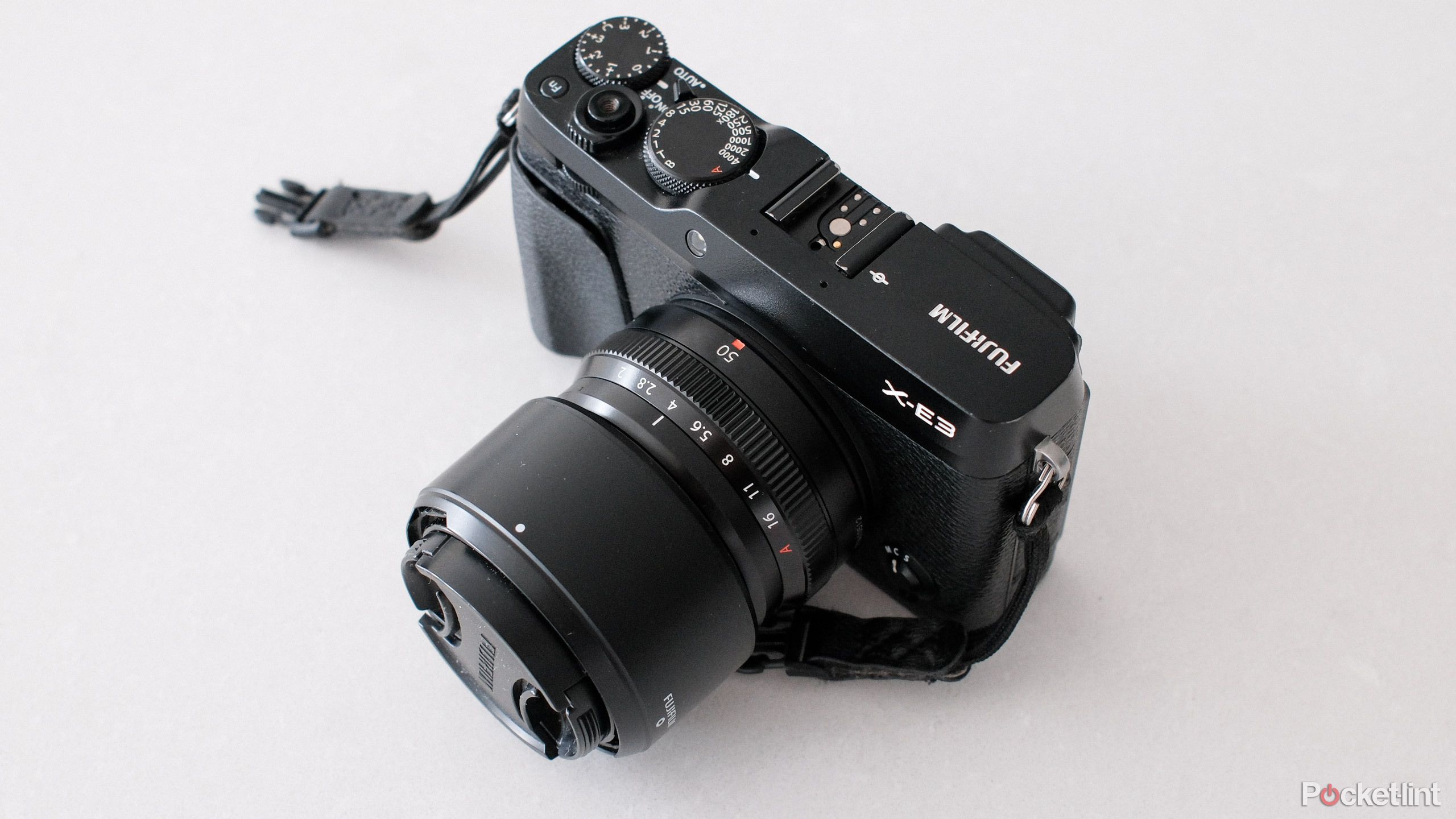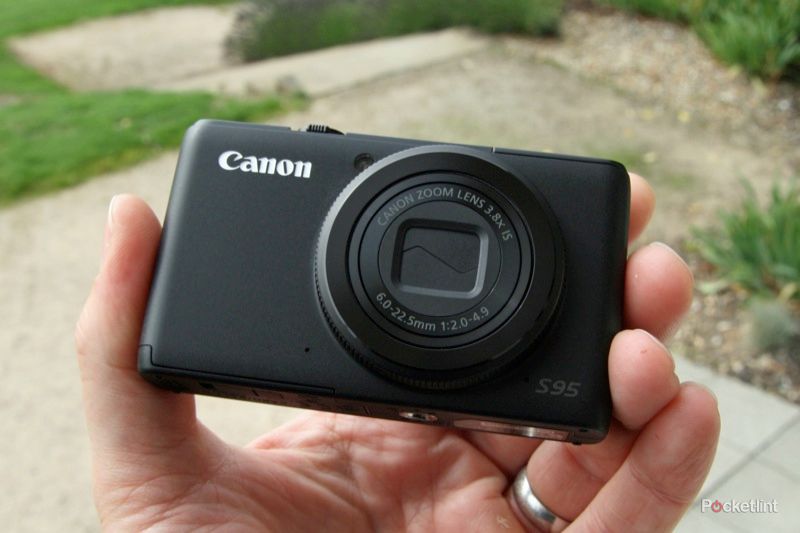Key Takeaways
- Cameras have come a long way from 2MB cards, now they hold up to 4TB.
- Recent camera upgrades are less groundbreaking, benefit specific genres.
- Despite advanced tech, mastering exposure and composition remains crucial.
There’s no denying that camera technology has improved by leaps and bounds since the first digital cameras were released. Today’s digital cameras can hardly be placed in the same class as some of the earliest devices on the market. But does all that fancy technology matter? And as things continue to improve, do you need to keep buying the latest and greatest cameras?
How have cameras changed?
Kodak patented the first digital camera in 1978, though it was far from what we recognize as digital cameras today. Unfortunately for Kodak, it didn’t see the potential in digital photography; instead, it only saw that it could eat into the company’s film profits. Other companies did, however, see the potential. In 1988, Fujifilm introduced the first fully digital camera, the Fujix DS-1P, which used a 2MB memory card capable of holding ten photographs.
Cameras have gone from 1.2-megapixel sensors to 24-megapixel sensors sitting at the low end of what’s available. Likewise, an ISO of 800 used to result in epic noise, while now, some cameras can push well into the 3,200 range with easily manageable noise. Autofocus has been another area of significant improvement, with more reliable, faster results, including AI-based tracking systems capable of keeping focus on fast-moving subjects. Burst shooting has also changed drastically. For example, the Canon R3 is capable of taking 195 frames per second. You essentially get a movie from a burst of still photos.
Best SD cards: Top storage options for your mirrorless camera, DSLR or drone
Whether you need the fastest storage or just lots of capacity, we’ve covered everything in our guide to the best SD cards.
Even with all that improvement of the guts of the cameras, they have become smaller, lighter, and typically more durable as well. That makes them easier to keep on you, even when tackling epic adventures. Beyond the camera itself, recording media has also seen large jumps. Now, instead of that 2MB card that only holds 10 images, we have up to 4TB cards.
 Does the latest technology make a difference?
Does the latest technology make a difference?
While tech continues to advance, in the last 15 years or so, progress has become more incremental and less groundbreaking (no matter what PR agencies and camera companies tell you). There have still been upgrades, of course, but they haven’t drastically changed what’s possible except in some specific use cases. Certain genres certainly benefit from the latest cameras. For example, sports and action photographers benefit from the epic continuous shooting rates, and portrait photographers appreciate the improved autofocus. For the average photographer, though, most high-end specs are overkill.
For the average photographer, though, most high-end specs are overkill.
I get it: all that high-end camera technology certainly can be exciting. It’s fun to see what new features are available, even if they aren’t earth-shattering. However, the overall quality of photographs hasn’t necessarily improved beyond having more detail. In fact, with how sharp lenses are these days and how much information cameras save, there’s a common complaint among many photographers that the medium has become rather clinical.
No matter what tech is inside a camera, the fundamentals of the medium haven’t changed. Sure, the data stored in raw files makes it easier to get a usable exposure even when shooting manually without an understanding of camera settings. And automatic modes can make that even more foolproof. However, to really create a strong image, no matter what the scenario is, knowledge of what shutter speed, aperture, and ISO do is still crucial, as each can significantly change the look of an image.
No matter how impressive your camera is, the photographer’s eye is still the most important part of every photograph.
Beyond the technical side of the medium, vision is even more important. Luck can play a part, but for consistently interesting, visually strong images, an understanding of composition is critical. Some of that vision can be achieved in the editing process, just as it did even during the film era. But how you frame and take an image is also key. No matter how impressive your camera is, the photographer’s eye is still the most important part of every photograph.

Digital point-and-shoot cameras are in again. Here’s what to know before buying one
Sorry, millennials. Your aesthetic is vintage now, but it’s back in style and a point-and-shoot is the perfect way to achieve it.
There’s a reason old point-and-shoot digital cameras have been making a comeback and why many photographers are taking up film photography again. Stepping away from the highly technical, rather clinical look of modern photography allows photographers to focus more on the creative aspects of the medium. It can also mean slowing down to appreciate and enjoy the process.
So, while you can certainly buy the latest and greatest camera, take a pause and consider how much that will actually change your images. If you haven’t first mastered the basics of exposure and composition, I’d suggest working on those before introducing a camera with a bunch of fancy tech. Your photography will only be better for it.
Trending Products

Cooler Master MasterBox Q300L Micro-ATX Tower with Magnetic Design Dust Filter, Transparent Acrylic Side Panel…

ASUS TUF Gaming GT301 ZAKU II Edition ATX mid-Tower Compact case with Tempered Glass Side Panel, Honeycomb Front Panel…

ASUS TUF Gaming GT501 Mid-Tower Computer Case for up to EATX Motherboards with USB 3.0 Front Panel Cases GT501/GRY/WITH…

be quiet! Pure Base 500DX Black, Mid Tower ATX case, ARGB, 3 pre-installed Pure Wings 2, BGW37, tempered glass window

ASUS ROG Strix Helios GX601 White Edition RGB Mid-Tower Computer Case for ATX/EATX Motherboards with tempered glass…










